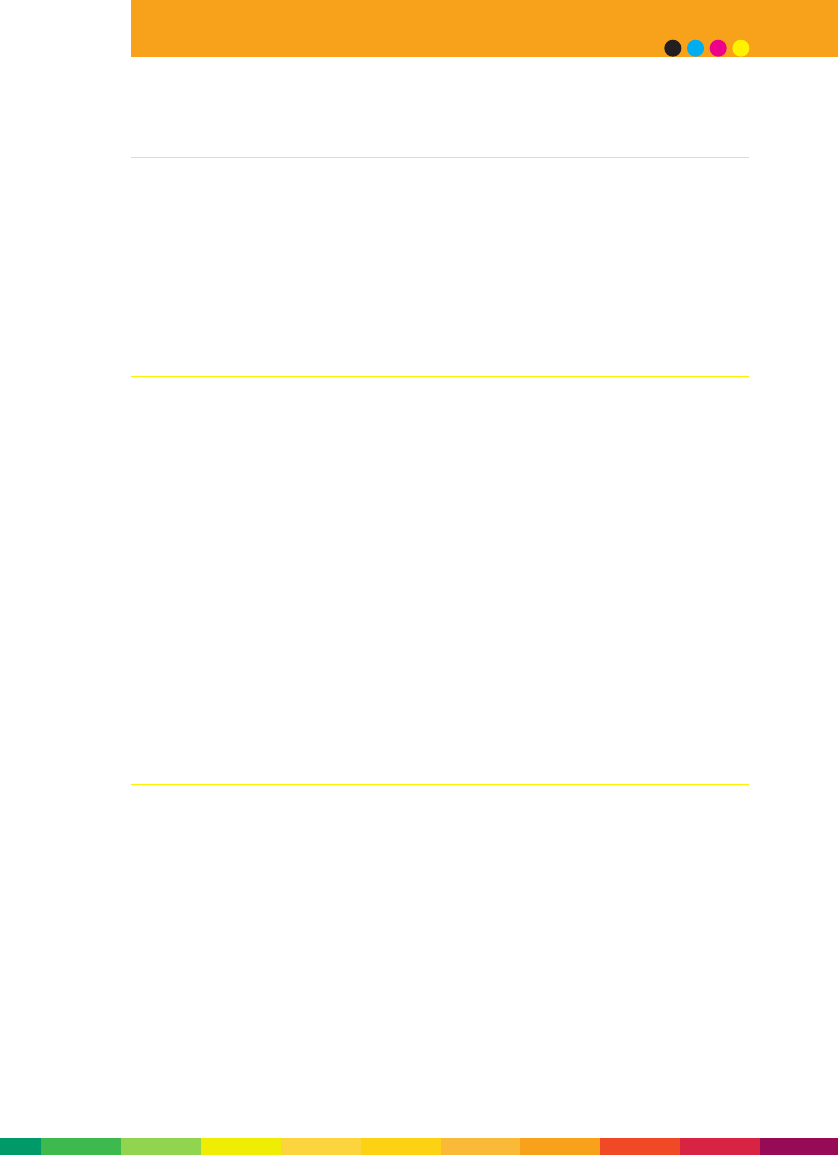
Thick paper stocks
Image quality on recommended heavy weight stocks is often excellent, but cannot
always be expected to match the image quality on 100 gsm Colotech+ paper.
Degradation in image quality is more likely to occur as paper weight increases. The
rough formation of heavy weight papers increases the possibility of mottle with some
images, particularly those with uniform halftone areas (ie, flat tints). As humidity and
the moisture content of paper rises, the likelihood of mottle will also increase.
Coated papers
Coated papers have binders, adhesives, and pigments applied to their surfaces on one or
both sides. As compared to the benchmark 100 gsm Colotech+ paper, coated papers
provide improved image gloss, but will generally cause an increased likelihood of issues
like paper stretch, offsetting and mottle.
Coated papers are very susceptible to humidity. Image mottle is more likely to occur
when coated stocks are used, especially on side two of a two-sided job.
Ink coverage on electronic originals should be limited to a total of 280% (70% for each
colour). Higher toner coverage can result in poorly fused prints on coated stocks, and is
more likely on side two of a two-sided job.
Coated stocks – especially when duplexed – are best suited to shorter run lengths.
If using a coated paper that has not been recommended, first try a small quantity to
test its performance before committing to the job.
Paper stretch
When running two-sided printing applications, side to side registration may be affected
by the inherent paper stretch that occurs as the paper is heated through the fusing
stage of the printing process. Typical paper stretch for light, uncoated paper is between
0.2% and 0.6% of the paper size in the print feed direction. For coated materials, the
affect is as high as 0.9% of the paper size in the print feed direction. The higher the
weight of the paper the lower the resulting stretch. Cover materials, therefore, show low
stretch tendencies.
The DocuColor 2060 operator can make some minor compensation for paper stretch, but
thinner coated stocks are best avoided if image size or front to back alignment are
critical factors in a particular job.
5 - 5
selecting paper stock


















